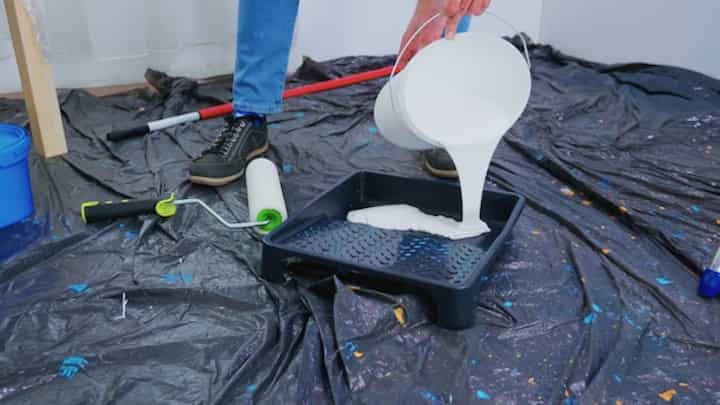
Enhance Your Property with Professional Soil Stabilization Services
Soil stabilization is a crucial aspect of construction and landscaping that ensures the longevity and safety of structures. Whether you're a property owner looking to build a new structure or you want to reinforce existing foundations, professional soil stabilization services can enhance your property significantly. Soil stabilization techniques help in improving soil strength, reducing erosion, and increasing load-bearing capacities. This article delves into the various methods of soil stabilization and the benefits they offer, providing property owners with essential insights into making informed decisions.
Understanding Soil Stabilization
Soil stabilization involves modifying the properties of soil to improve its strength and durability. This process is crucial in construction to ensure that the ground can safely support structures and prevent issues such as sinking or shifting. The choice of stabilization technique depends on the soil type and the specific requirements of the construction project.
Common Methods of Soil Stabilization
- Chemical Stabilization: This method involves adding chemical agents like lime, cement, or fly ash to the soil to improve its properties. These additives react with the soil to increase its strength and stability.
- Mechanical Stabilization: This approach involves the physical alteration of soil structure. Techniques include compaction, soil reinforcement using geotextiles, and other mechanical methods to enhance soil strength.
- Geosynthetics: Utilizing geosynthetic materials such as geogrids and geocells can effectively stabilize soil by providing additional support and improving drainage.
Learn more in this detailed guide on the various methods of soil stabilization and their applications.
Benefits of Professional Soil Stabilization Services
Engaging professional soil stabilization services offers a multitude of benefits that extend beyond immediate structural support. Here are some key advantages:
- Enhanced Load-Bearing Capacity: Stabilized soil can support heavier loads, making it ideal for construction projects involving large buildings and infrastructure.
- Reduced Erosion: By stabilizing the soil, erosion is minimized, protecting landscapes and preventing soil degradation.
- Increased Longevity of Structures: Proper soil stabilization ensures that structures built on it remain stable and secure for longer periods, reducing the need for frequent repairs.
- Cost-Effectiveness: Investing in soil stabilization can lead to significant savings in the long term by preventing costly foundation repairs.
Explore further insights here on the benefits of professional soil stabilization.
Choosing the Right Soil Stabilization Service
Selecting a proficient soil stabilization service requires careful consideration of several factors. Here’s what property owners should keep in mind:
- Expertise and Experience: Evaluate the service provider's expertise in handling similar projects and their track record in delivering successful outcomes.
- Customer Reviews: Check out customer reviews here to gain insights into the experiences of past clients and the quality of service provided.
- Technological Capabilities: Ensure that the service provider uses the latest technologies and methods to deliver efficient and effective soil stabilization solutions.
- Comprehensive Solutions: Opt for a provider that offers a broad range of stabilization techniques tailored to specific project needs.
Conclusion
Soil stabilization is a vital step in ensuring the stability and durability of construction projects. By opting for professional soil stabilization services, property owners can significantly enhance their property's value and longevity. For those considering building or upgrading their properties, understanding the nuances of soil stabilization and choosing the right service provider is essential. For more detailed information, property owners are encouraged to read more about this topic and find additional information here.